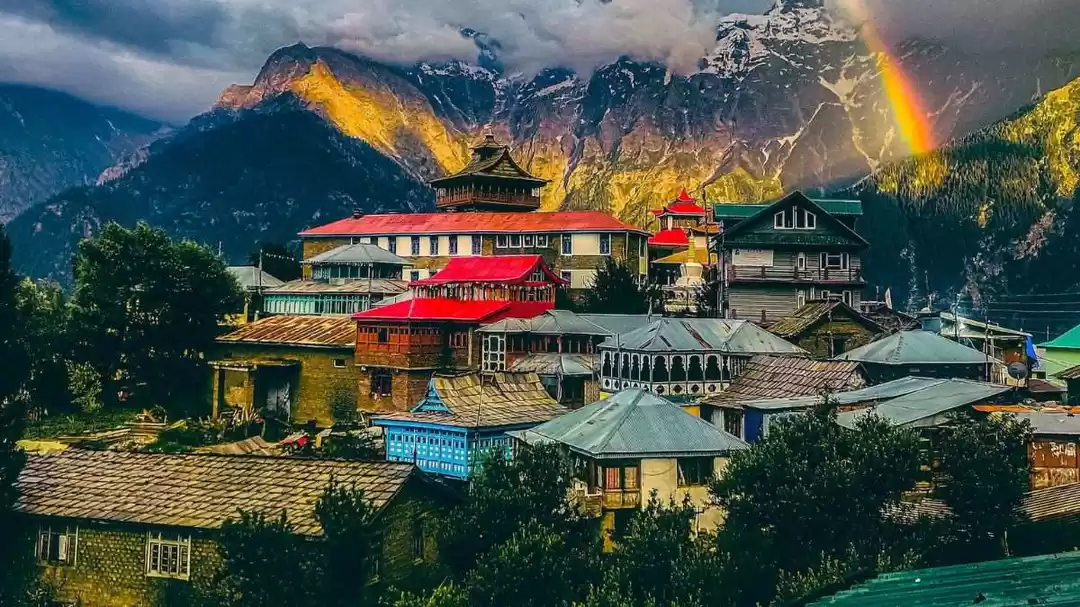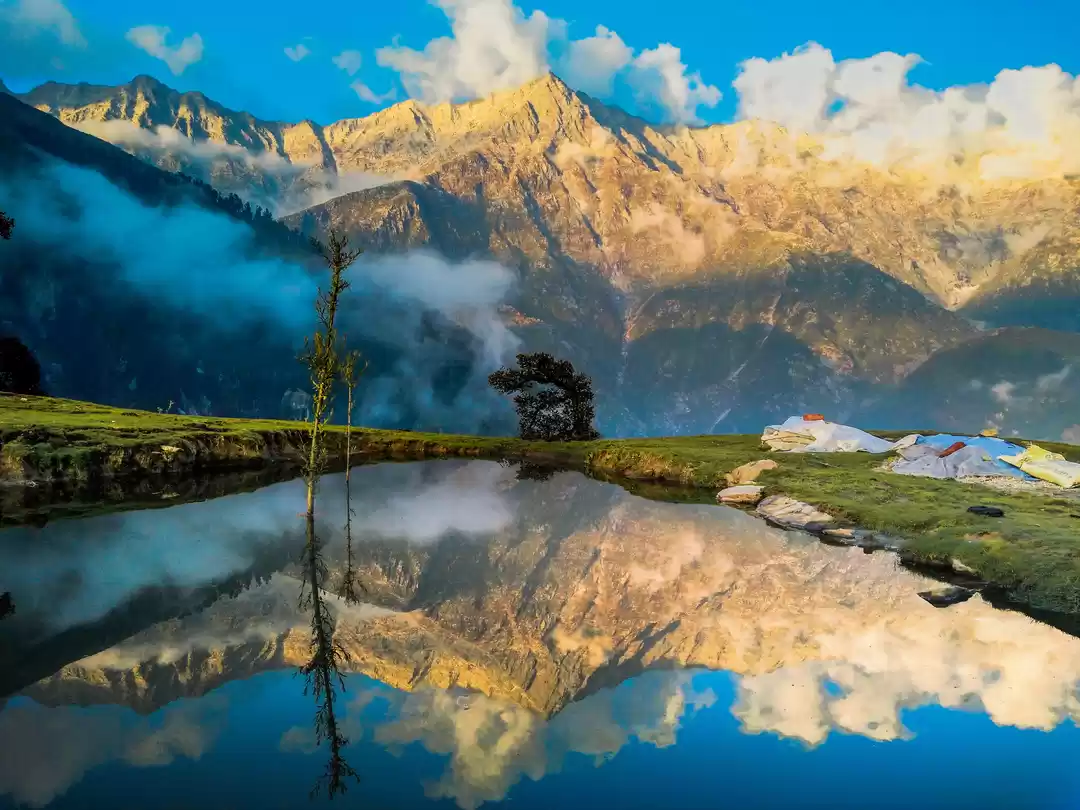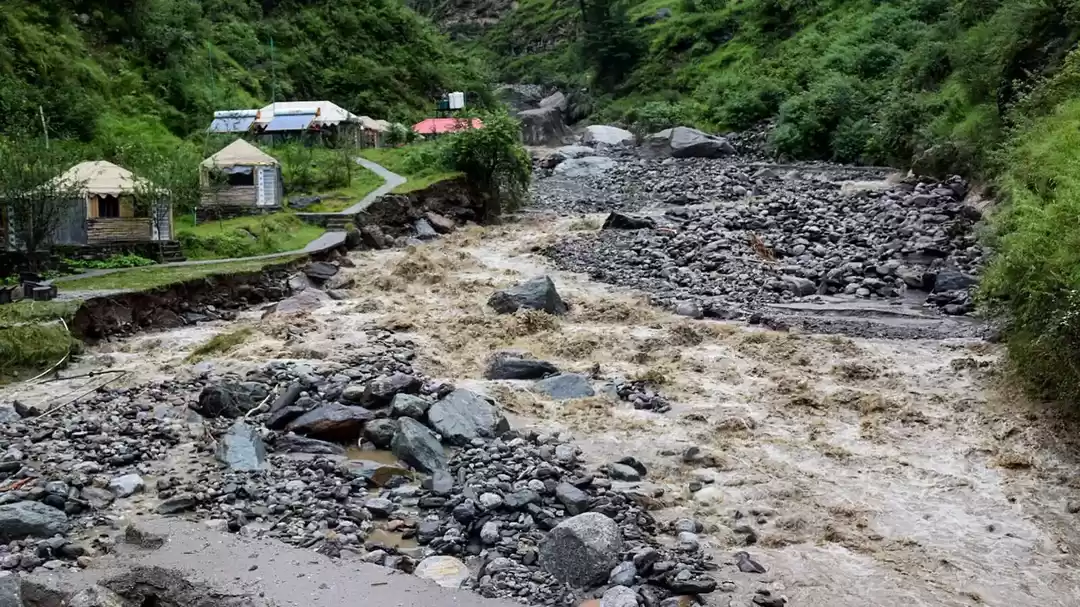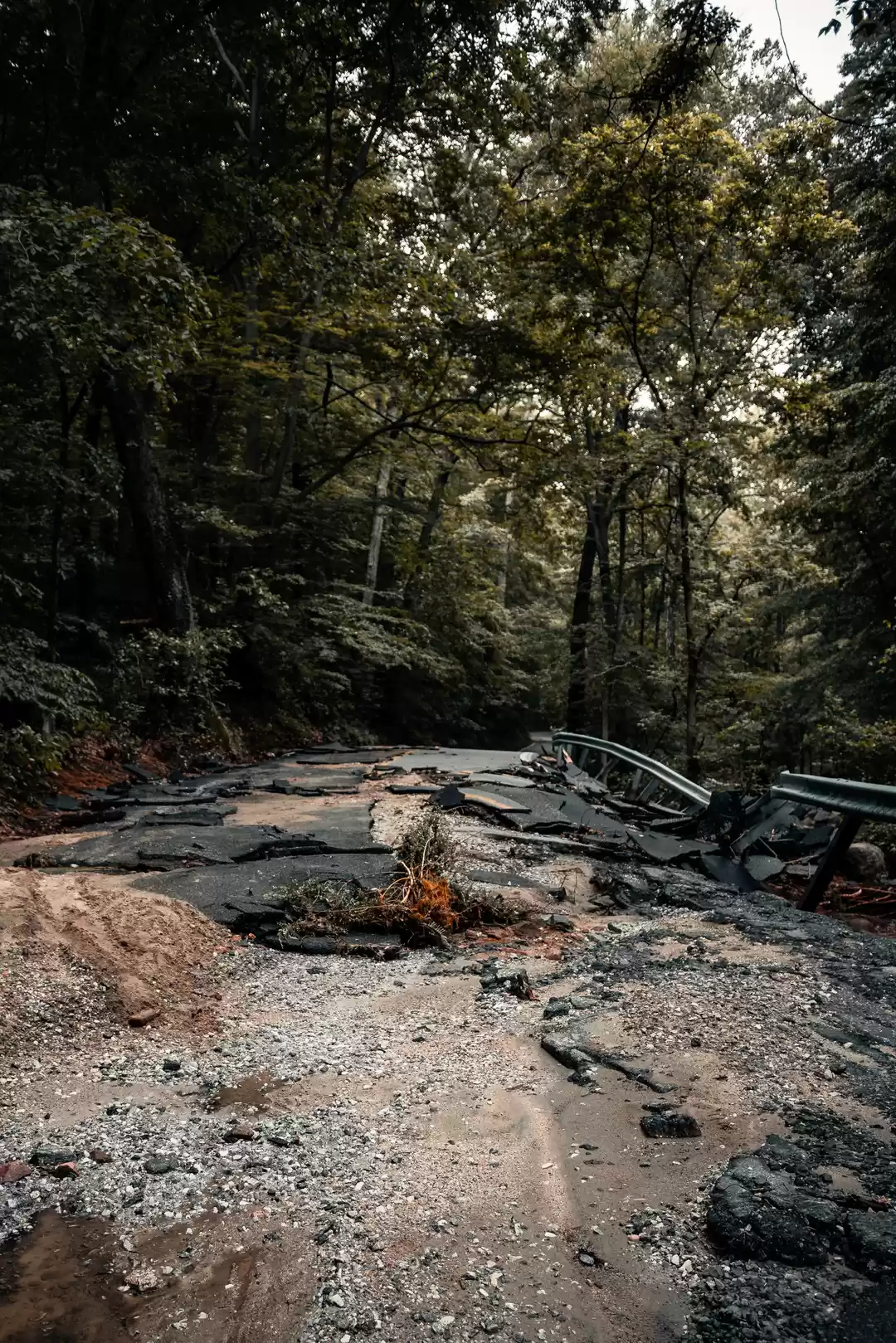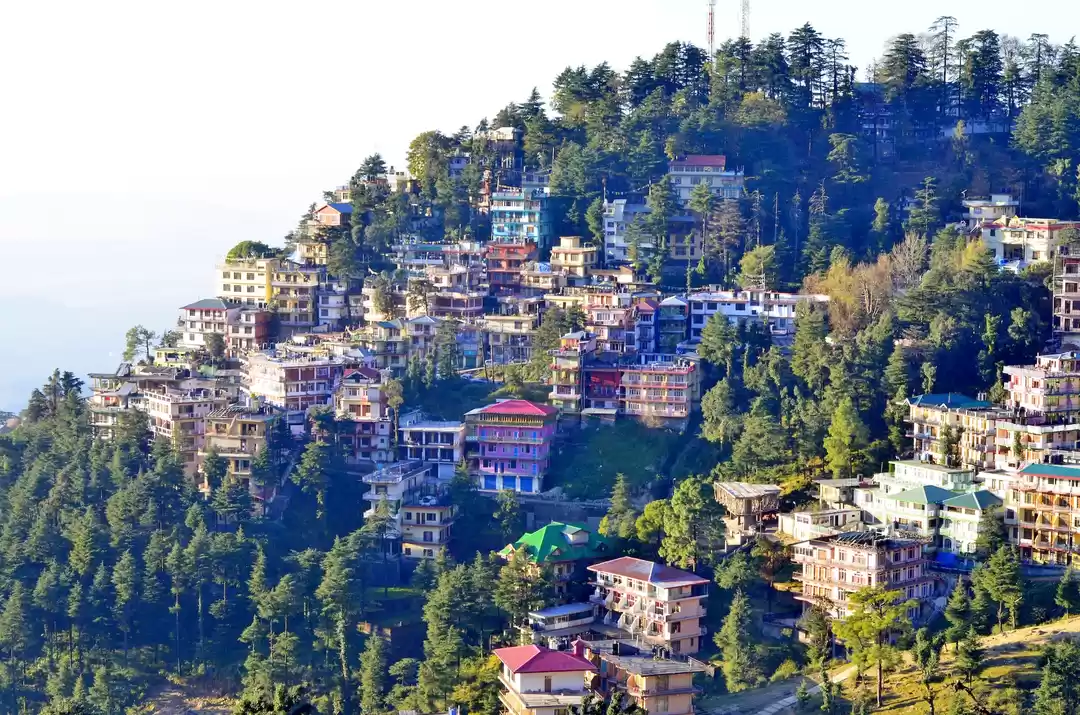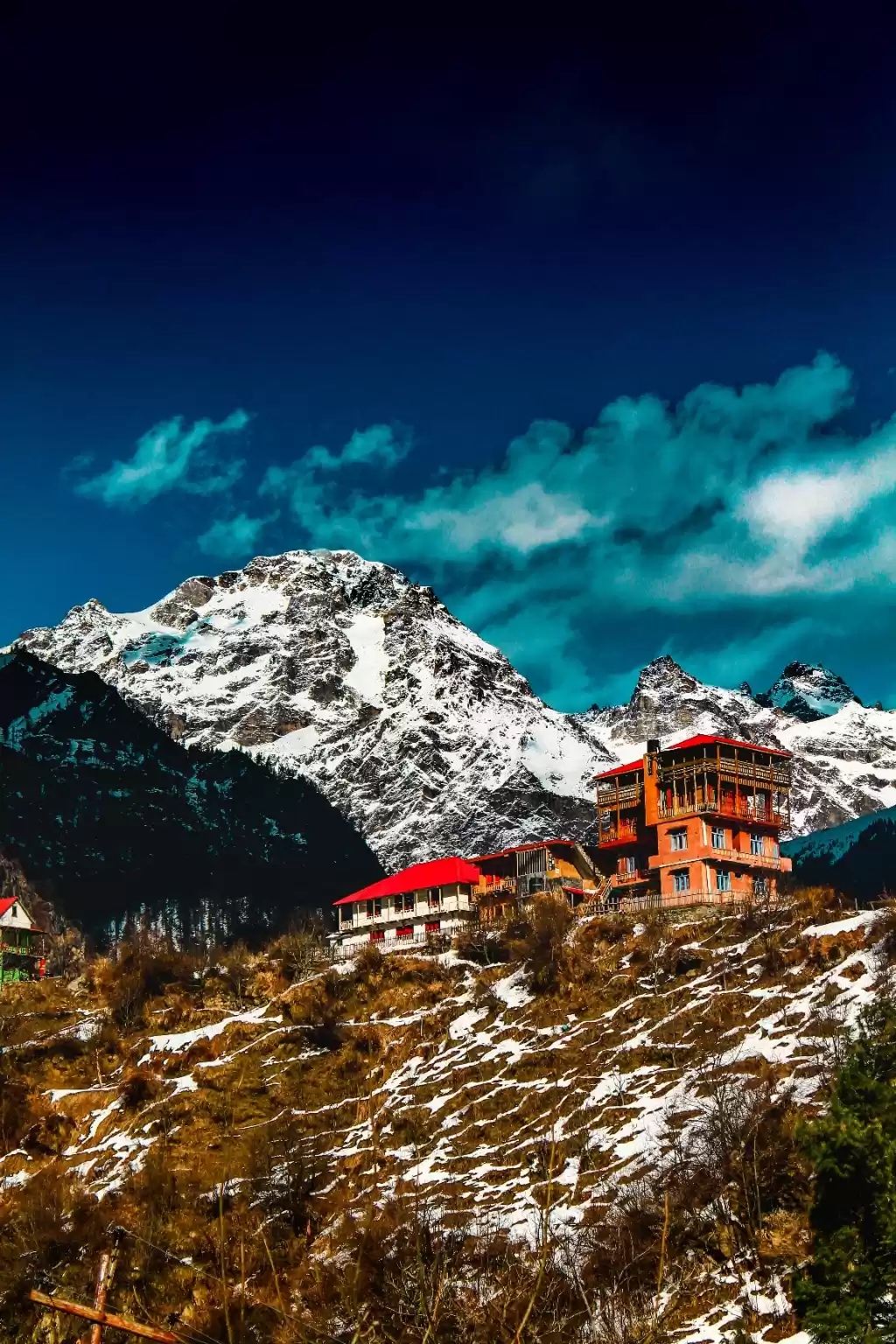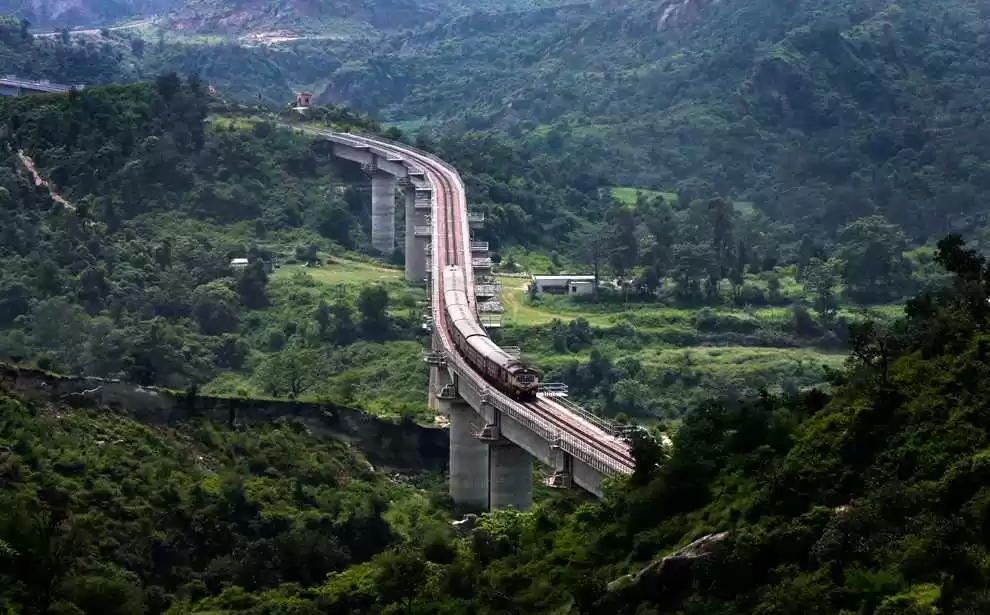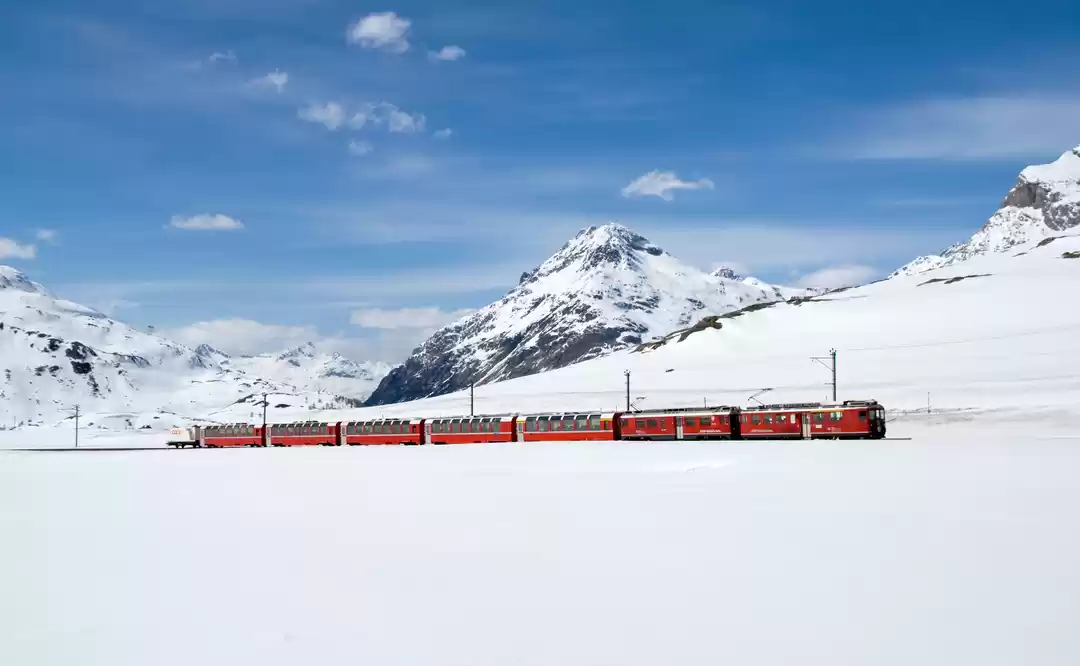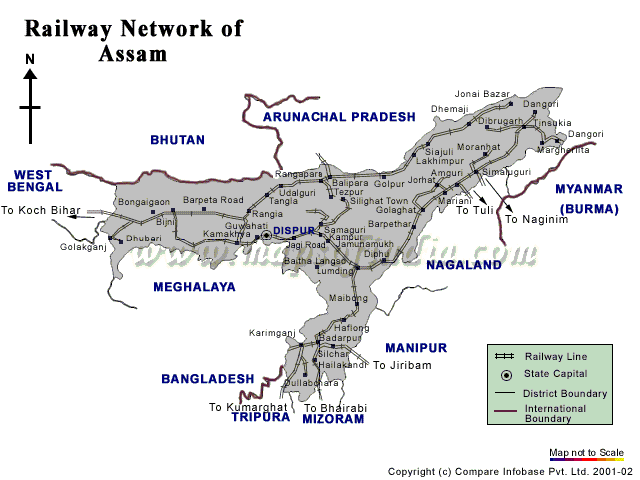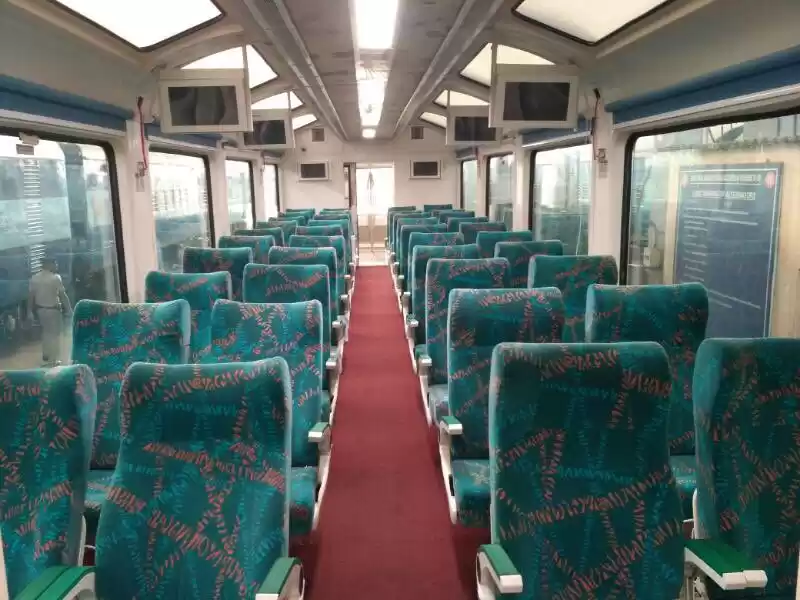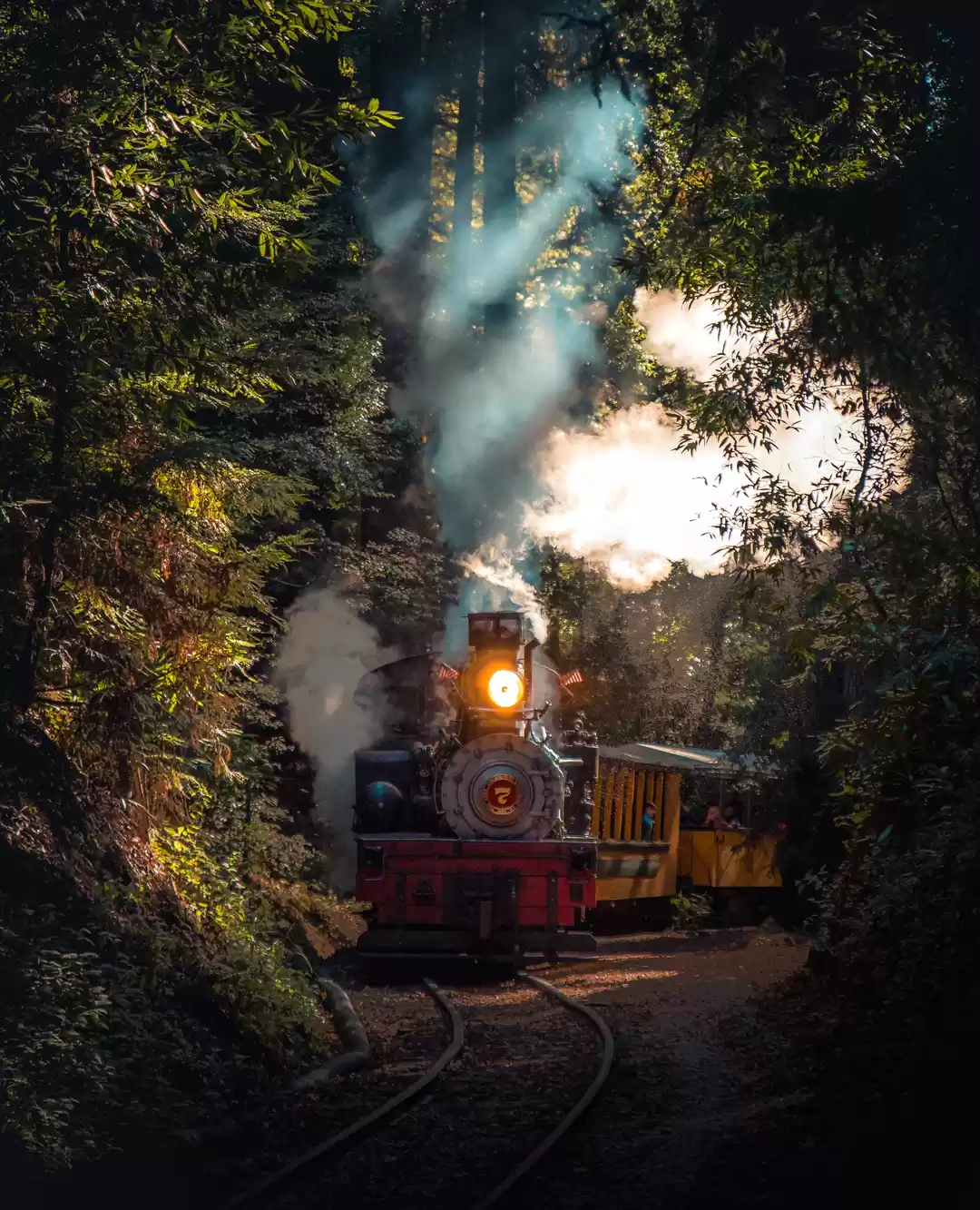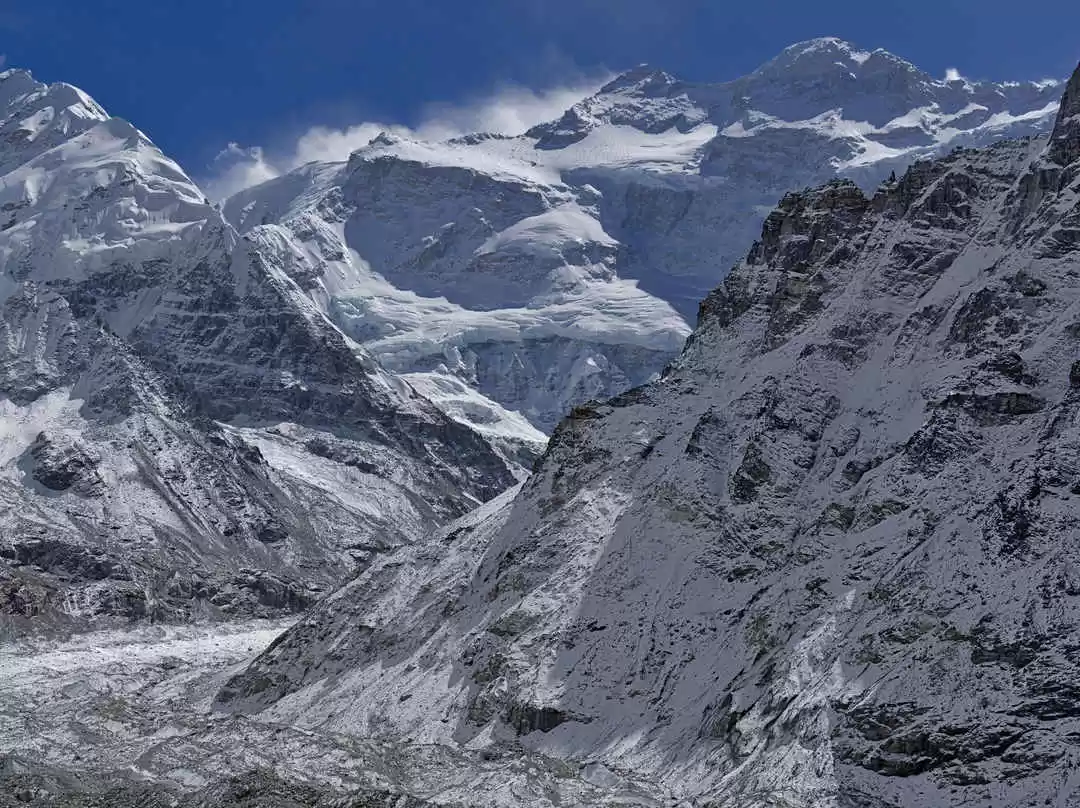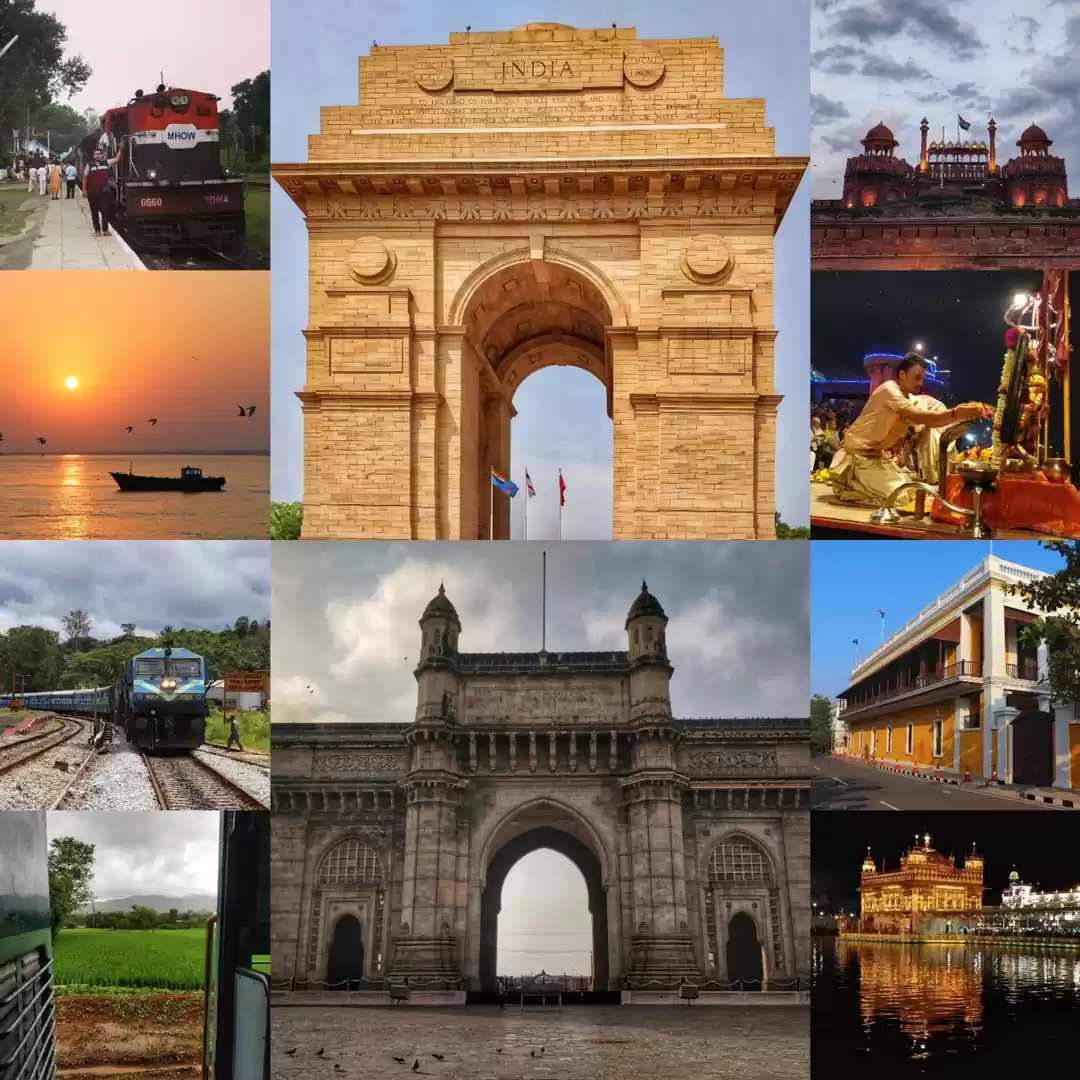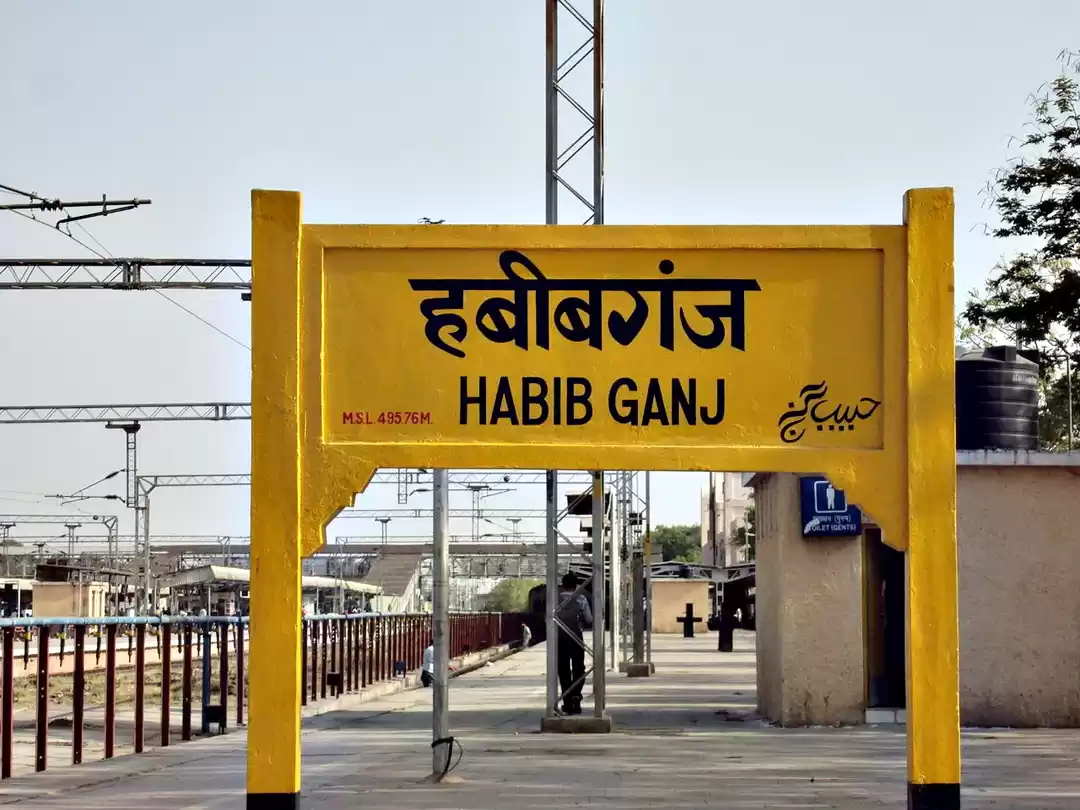The region of Leh-Ladakh is now a favourite getaway with Indian travellers. But before being a popular summer destination, it is a sensitive border area which is heavily protected 24x7 by the Indian Army. And it is a combination of the aforementioned reasons that the Indian Railways, in coalition with the Defence Ministry, is building a train to Leh from Bilaspur via Mandi.
Here is everything you need to know about this massive connectivity project.
Union Railways Minister Suresh Prabhu laid the foundation stone of the Bilaspur-Mandi-Leh New Broad Gauge Line on 27th June, taking another step towards the ongoing endeavour of connecting remote parts of India to rest of the country.

Facilitating development and progress in the Himalayan region of Himachal Pradesh and Jammu and Kashmir, the railway line will connect Mandi, Kullu, Manali, Keylong and other important towns of the two states. This railroad to Leh will also connect to the Kangra Valley Railway in Mandi.
This broad gauge line by the Indian Railways will pass through challenging terrains and zones. The proposed Leh railway will pass through the Shivalik, Himalayan and Zanskar Ranges, with an altitude ranging from 600m to 5,300m. The rail line will also pass through sensitive seismic zones, necessitating construction of several tunnels, deep viaducts and bridges.
The estimated budget of the Bilaspur–Mandi–Leh line is Rs 157.77 crore and the survey part of it is being delegated to RITES Limited (Rail India Technical and Economic Service), a Railways Public Service Undertaking. The funding for the survey leg of the railway route will be done by the Defence Ministry. The surveying of the rail route is estimated to be completed by 2019.

The construction of the railway line is part of the Indian Government's effort to increase and ease movement along border areas. Last year, in 2106, over 74 roads were constructed along the LAC with China, and the upcoming decade will see more railway heads created on similar challenging routes. These are the routes currently being taken up on priority basis: Bilaspur-Manali-Leh (498km), Missamari-Tenga-Tawang (378km) along Bhutan-Arunachal border, North Lakhimpur-Bame-Silapathar (249km) along Assam-Arunachal border, Murkongselek-Pasighat-Tezu-Rupai (227km) along Assam-Arunachal border.
Along with having strategic importance, the railway line to Leh will also boost the economy of the region. Currently, the road to Leh remains accessible only for four to five months a year, and the all-weather railway line to Leh via Mandi will dramatically transform the influx of travellers and traders to the area.
Once this 489km railway line to Leh is completed, the time taken to reach Leh from Delhi will be reduced to less than two days.
The Bilaspur-Mandi-Leh Rail Line will go on to the become the highest railway track in the world, beating the current record of Qinghai–Tibet Railway in China.

At 17,583ft, the Taglang La station on the line is expected to become the highest railway station in the world. Currently Tanggula Railway Station at 16,686ft in China holds the record.
As the Indian Government, including Indian Railways and Defence Ministry, are stepping up to provide better access to remote and lesser-developed parts of the country, we, as citizens have a responsibility as well!
Currently, Leh is home to one of the highest dumping grounds in the world and sees a heavy influx of tourists. Approximately 2,20,000 people visited Ladakh in 2016 – a whooping record that tolled heavy on the available resources in the region.
You may also like to read: bhakra nangal dam, naina devi temple
But the number can and should not be a problem as long as all of us, who love the region, start claiming responsibility for our actions and practice more eco-friendly ways of travelling. Read A Dummies Guide To Responsible Travel: Indian Edition, to understand how you can travel better.














